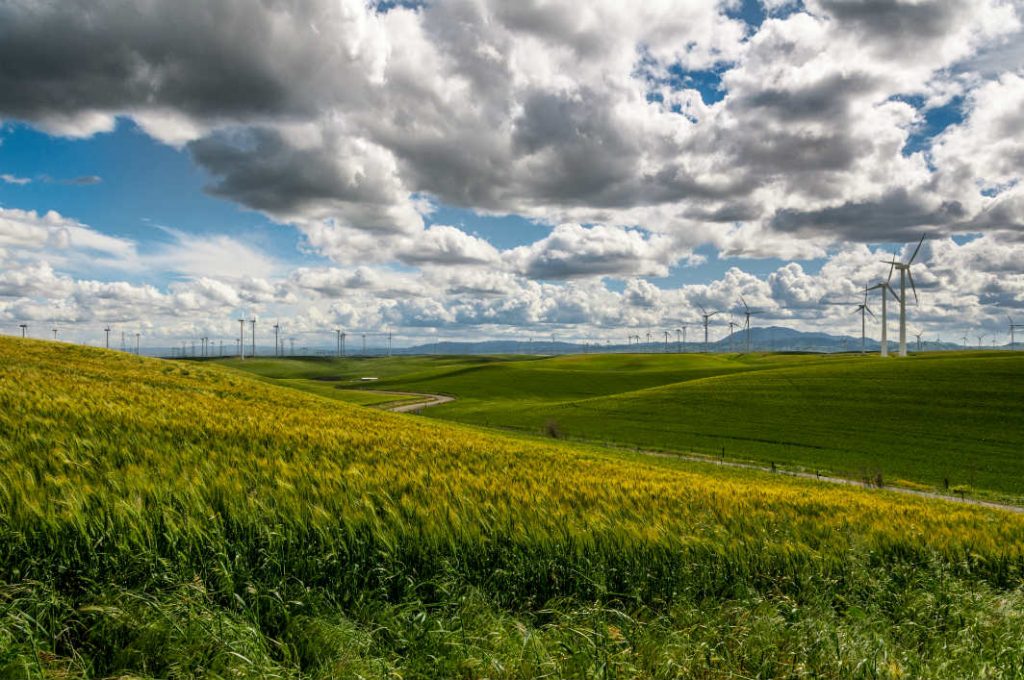The Hub explainer: what is the green finance strategy?
Published just this week, many Hub readers may have heard of the government’s new green finance strategy paper.
But fewer may understand the likely implications for their business, what they need to do, or indeed what the key goals of the paper are.
Thankfully, the Hub is here to help.
Green Finance Strategy: Transforming Finance for a Greener Future
At its core, the government’s paper is about how the financial sector can play a more important role in delivering both greener business and a greener climate.
Everything inside the document seeks to lend greater monetary support to the UK’s economic policy for strong, sustainable and balanced growth. Nowadays, more and more heads in government circles are realising that environmental sustainability is essential to corporate sustainability, and both are driven by finance. This new strategy recognises this.
Green Finance Strategy in more detail
The document makes plain its core logic. ‘As the financial risks and opportunities from the low carbon transition become apparent, a second, equally important transformation is also underway: that of the financial system.
‘This transformation moves beyond just funding green projects to ensuring climate and environmental factors are fully integrated into mainstream financial decision making across all sectors and asset classes.’
Translated, this simply means the government wants a better alignment between finance and environment. Hub readers may have heard of trends like green bonds, environmental and social governance or green asset finance, but they’ve been on the periphery.
Now, the new strategy wants a more comprehensive approach to how the UK financial sector is placed at the very heart of green business, and hence the UK’s lower carbon future.
Objectives
The paper will align private sector financial flows with clean, environmentally sustainable and resilient growth, supported by government action, and by so doing strengthen the competitiveness of the UK financial sector.
It will do this in three ways:
- Ensure current and future financial risks and opportunities from climate and environmental factors are integrated into mainstream financial decision making
- Accelerate finance to support the delivery of the UK’s carbon targets and clean growth, resilience and environmental ambitions
- Ensure UK financial services capture the domestic and international commercial opportunities arising from the ‘greening of finance’, such as climate related data and analytics, and from ‘financing green’, such as new green financial products and services
What does it mean for me and my business?
Leading listed companies, investment funds and pension schemes must show by 2022 how the climate emergency could jeopardise their finances, writes The Guardian.
Further, such firms must document within the two-and-a-half-year deadline how extreme weather and changes to climate rules, such as a ban on plastic packaging, could hit their profits.
Banks will be pushed to invest in sustainability, and to come clean about their own exposure to the climate crisis. EDIE says the paper means all publicly listed companies and asset owners must disclose ‘climate risk and impact data by 2022.’
In other measures, a £5m Green Home Finance Fund has been established to help scale green finance mechanisms, including home energy efficiency grants and green mortgages.
A Green Finance Education Charter will be launched to place green finance and climate understanding as part of future qualifications and certificates for financial practitioners.
And a total of £5.8bn has also been set aside for international climate finance to encourage other nations to act on climate collaboratively.
E3G’s sustainable finance programme leader Kate Levick told EDIE: “Setting a deadline and a pathway for mandatory climate risk reporting, together with measures aiming at greening public finance, are very welcome steps.”
This is the core of what the strategy means. It’s about ultimately getting businesses to report, by law, on how they are exposed to climate change.
What is coming?
Business should expect guidance on the new strategy sometime soon. Roundtable discussions, response monitoring and potential new green finance standards may all be on the way.
As ever, at this stage, the paper represents more of a set of aspirations than a long list of guidance and ‘must action’ information. For example, a new Green Finance Institute will have £2 million of seed funding from the UK Government and £2 million from the City of London to accelerate the domestic and global transition to a clean, resilient and environmentally sustainable economy.
But which businesses might apply, and the criteria for the money remain unclear. Further, the £5 million Green Home Finance Innovation Fund may well affect firms in the construction sector, but we don’t yet know exactly how.
In conclusion
The new paper appears positive for UK business. But it also represents another piece of policy that will require some translation to determine precisely what steps need to be taken, and for which businesses.
The Hub will report back as progress and guidance on the strategy expand.
The Energy Advice Hub is powered by BIU- the UK’s leading energy and utility consultancy. If you’re looking to make sense of your environmental and carbon reporting obligations, get in touch.

